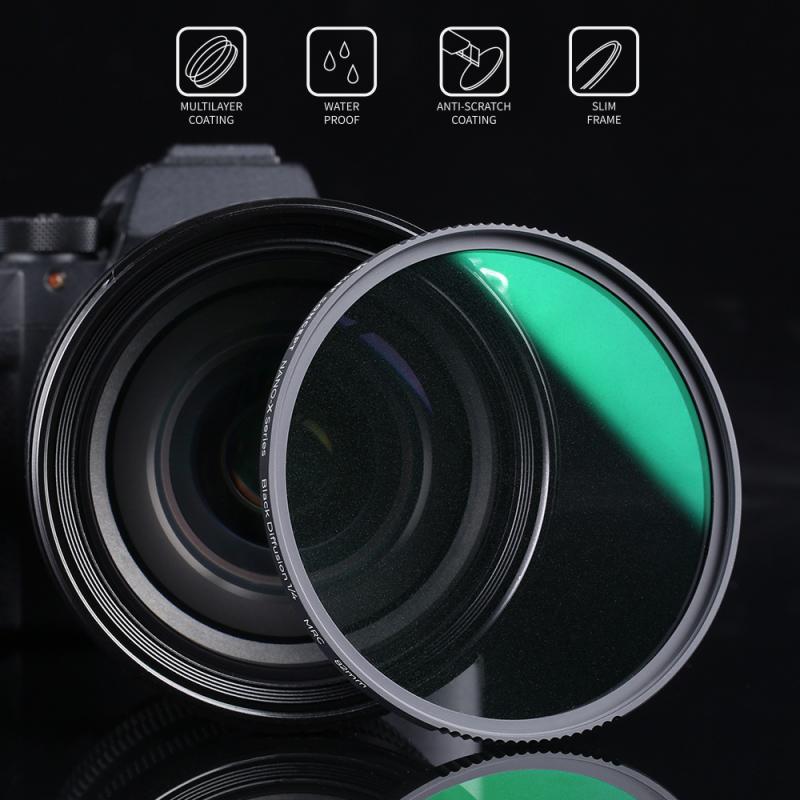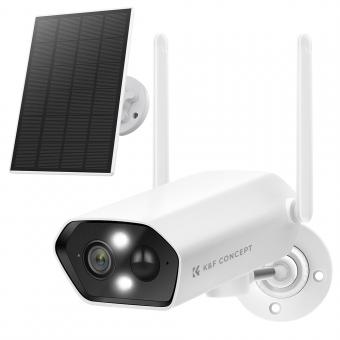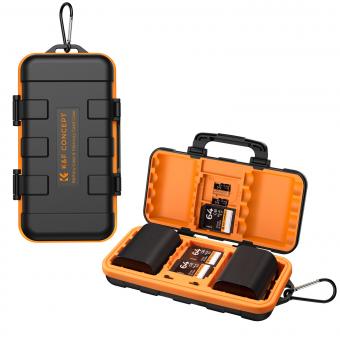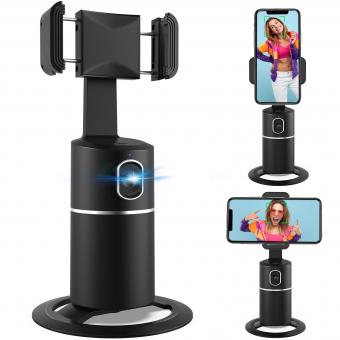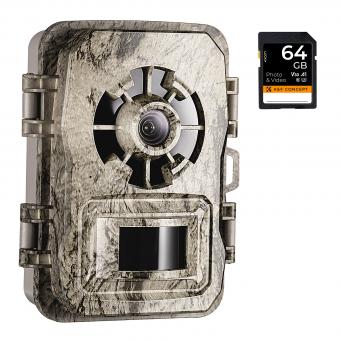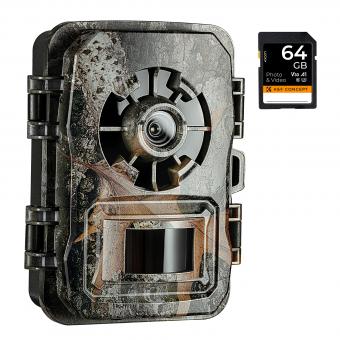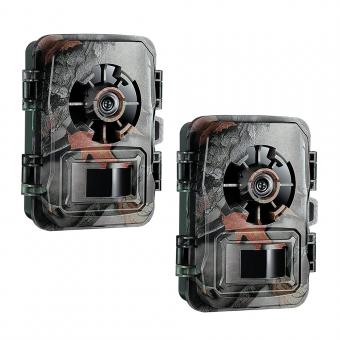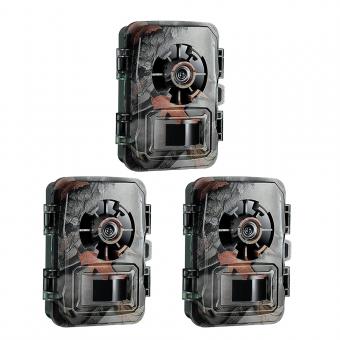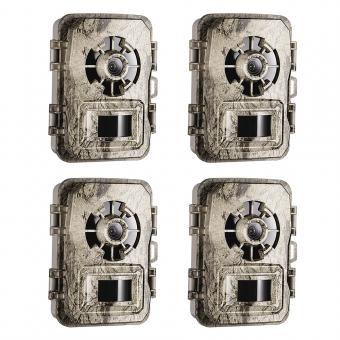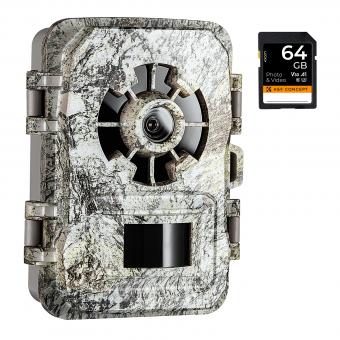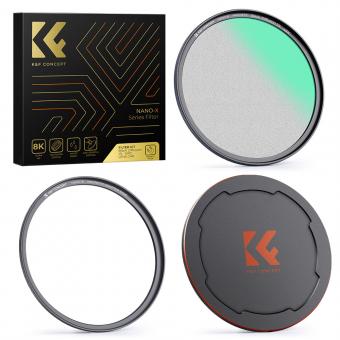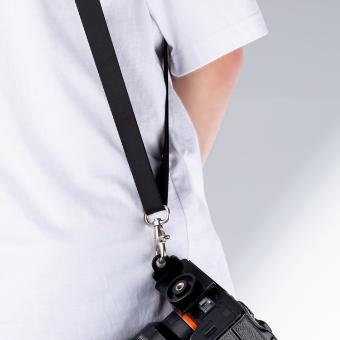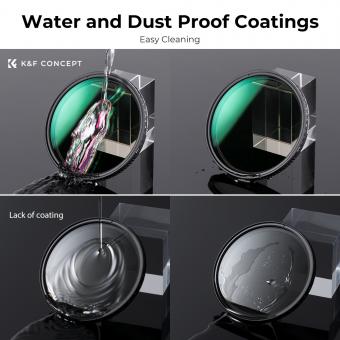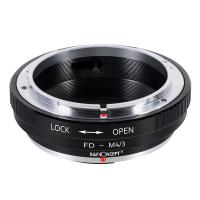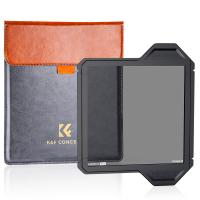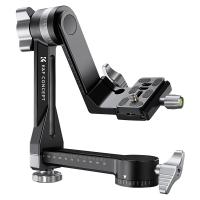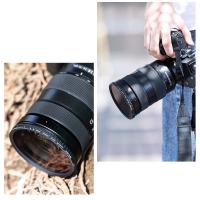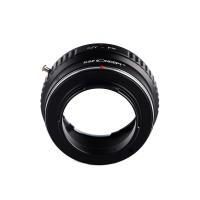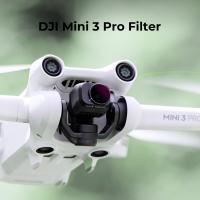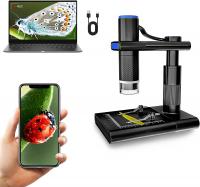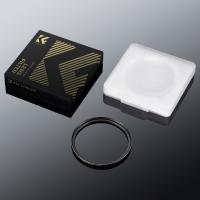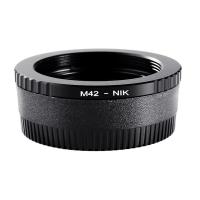How Can I Revitalize An Exhausted Camera Battery ?
To revitalize an exhausted camera battery, you can try a few methods. First, ensure that the battery is properly connected and inserted into the camera. If it is, remove the battery and clean the contacts with a soft cloth. Reinsert the battery and try charging it using the original charger or a compatible one. If the battery still doesn't charge, you can try a technique called "deep cycling." This involves fully discharging the battery and then fully recharging it. Repeat this process a few times to see if it helps restore the battery's capacity. If none of these methods work, it may be time to consider replacing the battery with a new one.
1、 Charging methods for revitalizing an exhausted camera battery
Charging methods for revitalizing an exhausted camera battery have evolved over the years, thanks to advancements in technology. If you find yourself with a camera battery that is completely drained, there are a few steps you can take to try and revitalize it.
Firstly, ensure that you are using the correct charger for your camera battery. Using a charger that is not specifically designed for your battery can lead to ineffective charging or even damage. Once you have the correct charger, connect it to a power source and plug it into your battery. It is recommended to charge the battery at room temperature, as extreme temperatures can affect the charging process.
If your camera battery has been completely drained for an extended period, it may take some time to start charging. Be patient and allow the battery to charge for at least a couple of hours. If the battery still does not show any signs of life, you can try a technique called "trickle charging." This involves connecting the charger to the battery and charging it at a very low current for an extended period, usually overnight. Trickle charging can sometimes help revive a completely exhausted battery.
However, it is important to note that not all exhausted camera batteries can be revitalized. Lithium-ion batteries, which are commonly used in cameras, have a limited lifespan and can degrade over time. If your battery does not respond to any charging methods, it may be time to consider purchasing a new one.
In conclusion, while there are methods to try and revitalize an exhausted camera battery, it is not always guaranteed to work. It is essential to use the correct charger, charge at room temperature, and be patient during the charging process. If all else fails, it may be time to invest in a new battery to ensure optimal performance for your camera.
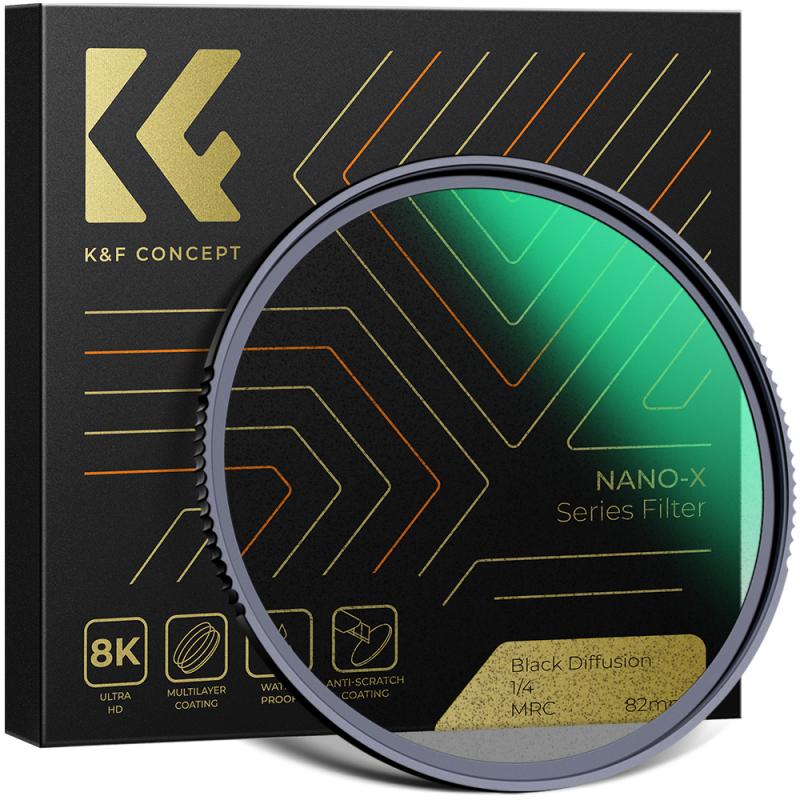
2、 Tips for extending the lifespan of a camera battery
Tips for extending the lifespan of a camera battery:
1. Properly charge and discharge: When you first get a new camera battery, it is important to fully charge it before using it for the first time. Additionally, it is recommended to fully discharge the battery occasionally to maintain its health. However, modern lithium-ion batteries, which are commonly used in cameras, do not require complete discharge as they do not have a memory effect.
2. Avoid extreme temperatures: High temperatures can cause a camera battery to degrade faster, so it is important to store and use the battery in a cool environment. On the other hand, extremely cold temperatures can also affect battery performance, so try to keep the battery at a moderate temperature range.
3. Use the camera's power-saving features: Most cameras have power-saving features that can help extend battery life. These features include auto power-off, sleep mode, and LCD screen brightness adjustment. Utilizing these features can significantly increase the battery's lifespan.
4. Turn off unnecessary features: Disable features like Wi-Fi, GPS, and image stabilization when not in use. These features consume a significant amount of power and can drain the battery quickly.
5. Carry a spare battery: If you frequently use your camera for extended periods, it is a good idea to carry a spare battery. This way, you can easily swap out the exhausted battery with a fully charged one and continue shooting.
6. Keep firmware up to date: Camera manufacturers often release firmware updates that can improve battery performance. It is recommended to regularly check for updates and install them to optimize battery usage.
7. Avoid overcharging: Leaving the camera battery plugged in for an extended period can overcharge it, which can lead to reduced battery life. Once the battery is fully charged, unplug it from the charger.
Remember that battery lifespan can vary depending on usage patterns and the quality of the battery itself. If you find that your camera battery is consistently exhausted, it may be time to consider purchasing a new one.

3、 Common causes of camera battery exhaustion and prevention techniques
Common causes of camera battery exhaustion and prevention techniques
Camera battery exhaustion can be a frustrating experience, especially when you're in the middle of capturing important moments. However, there are several common causes of battery exhaustion and prevention techniques that can help you avoid this issue in the future.
1. High power usage: One of the most common causes of camera battery exhaustion is high power usage. Features like continuous shooting, video recording, and using the LCD screen extensively can drain the battery quickly. To prevent this, try to use these features sparingly and turn off the camera when not in use.
2. Cold temperatures: Cold temperatures can significantly reduce battery life. If you're shooting in cold weather, keep the camera and spare batteries warm by storing them in an insulated bag or pocket. Additionally, try to keep the camera close to your body to maintain a warmer temperature.
3. Battery age and quality: Over time, camera batteries lose their capacity to hold a charge. If you notice that your battery is not lasting as long as it used to, it may be time to replace it. Investing in high-quality batteries from reputable brands can also help prevent premature exhaustion.
4. Battery maintenance: Proper battery maintenance can extend its lifespan. Avoid overcharging or completely draining the battery, as this can reduce its overall capacity. It's recommended to charge the battery before it reaches a critically low level and store it in a cool, dry place when not in use.
5. Latest point of view: With advancements in technology, some cameras now offer power-saving modes and features. These modes can help conserve battery life by automatically adjusting settings like screen brightness and sleep timers. Additionally, some cameras now come with USB charging capabilities, allowing you to charge the battery on the go using a power bank or laptop.
In conclusion, camera battery exhaustion can be prevented by being mindful of power usage, protecting the battery from extreme temperatures, investing in quality batteries, and practicing proper battery maintenance. By following these prevention techniques and considering the latest advancements in camera technology, you can revitalize an exhausted camera battery and ensure you never miss a shot.
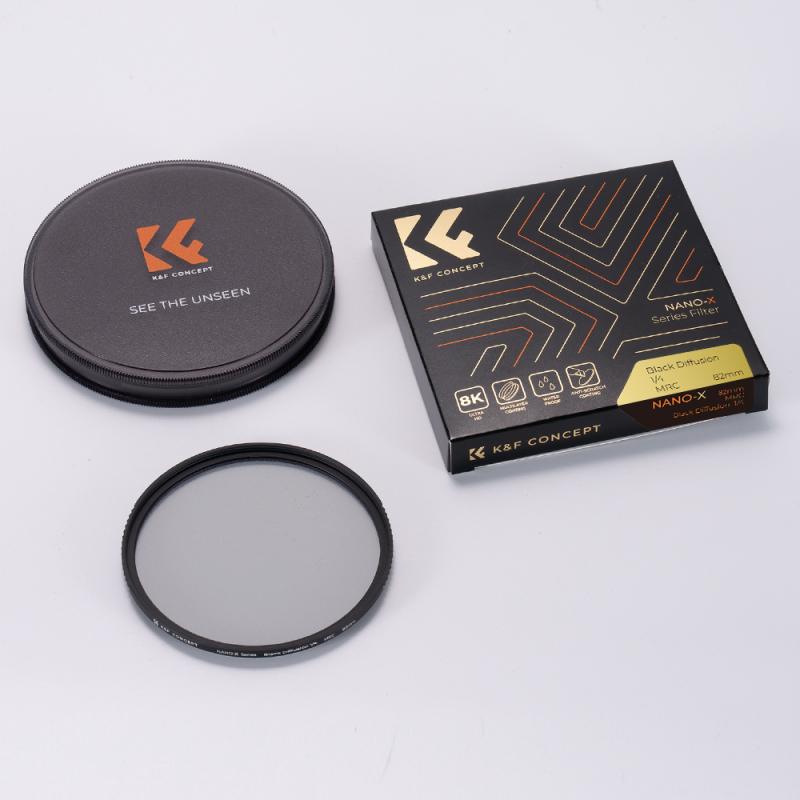
4、 Understanding the impact of camera settings on battery life
Understanding the impact of camera settings on battery life is crucial for photographers who want to maximize their shooting time. While it is not possible to revitalize an exhausted camera battery, knowing how to optimize battery usage can help extend its life and ensure you capture those important moments without interruption.
One of the most significant factors affecting battery life is the LCD screen. The larger and brighter the screen, the more power it consumes. To conserve battery, consider reducing the screen brightness or using the viewfinder instead. Additionally, minimizing the use of live view mode can significantly extend battery life.
Another setting that drains battery power is continuous autofocus. While this feature is useful for capturing fast-moving subjects, it can quickly deplete the battery. Switching to single autofocus or manual focus when not necessary can help conserve power.
Using the flash also has a significant impact on battery life. The flash requires a burst of energy to illuminate the scene, which can drain the battery quickly. If possible, try to rely on natural light or increase the ISO setting to avoid using the flash unnecessarily.
Furthermore, enabling power-saving features such as auto power-off or sleep mode can help conserve battery when the camera is not in use. It is also advisable to carry spare batteries or invest in a battery grip for extended shooting sessions.
As technology advances, camera manufacturers are continuously working on improving battery life. The latest point of view suggests that newer camera models are equipped with more efficient processors and power management systems, resulting in longer battery life. However, it is still essential to be mindful of the settings and shooting conditions to maximize battery performance.
In conclusion, while it is not possible to revitalize an exhausted camera battery, understanding the impact of camera settings on battery life is crucial. By optimizing settings such as LCD screen brightness, autofocus, flash usage, and utilizing power-saving features, photographers can extend their shooting time and capture those precious moments without interruption.
